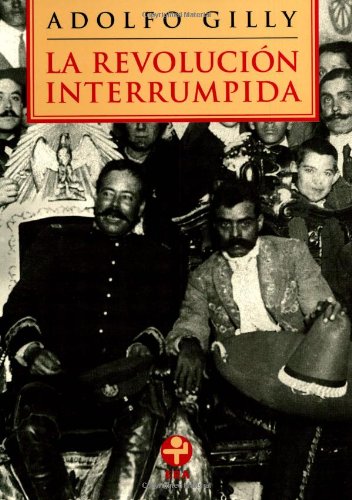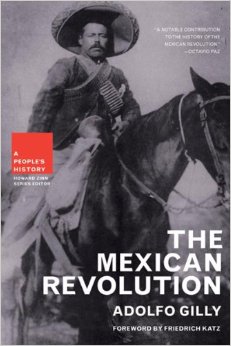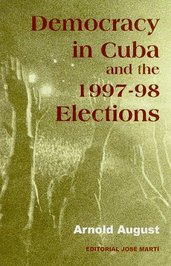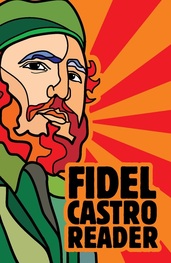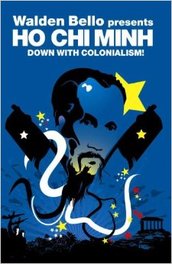The Latin American revolutionary/reform movements of today are developing, in both theory and practice, an alternative world-system. They have taken the lead in the transformation of the world undertaken by the colonized and neocolonized peoples of the Third World, a process of global transformation that has been unfolding for 200 years, seeking to transform the basic structures of colonialism and neocolonialism.
The Third World revolution expresses not merely what appears to be true and right from a Third World point of view. It expresses the most advanced human understanding of the true and the right in the present stage of human social and cultural development. We who pertain to the North develop our understanding in the limited context of horizons that emerge in positions of privilege that have been established by structures of colonial and neocolonial domination. But the Third World movements look at the world-system from the vantage point of the colonized and the exploited, a vantage point that makes possible insights into global structures of domination that are not possible from the vantage point of privilege. The Third World movements are pushing human understanding of societies to a more advanced stage. We in the North can learn this advanced understanding, if we engage in sustained encounter with the Third World movements, and if we permit the desire to understand to take priority over other desires.
The Third World national liberation movements have been anti-imperialist but not anti-Western. As they sought to formulate understandings that would be integral to their liberation, they appropriated insights from the West, adapting them to the colonial situation. Thus they took seriously the values of the American and French Revolutions and the insights emerging from the European proletarian movements from 1830s to 1920s, formulated by Marx and Lenin.
Therefore, as we seek to understand the Third World Revolution, we must develop an understanding of its perspective on the Western revolutions. We must ask the question: What were the most important insights of the American Revolution, the French Revolution, the Western European workers’ movement, and the Russian Revolution from the vantage point of the movements of the Third World?
Reflections on the insights that emerge from these revolutions and movements will be the subject of future posts. We begin in the next post with the American Revolution.
At a later point in time, during the last decades of the twentieth century and the beginning of the twenty-first, the Third World movements also would appropriate and adapt the womanist and ecological ideas that were gaining force in the West. These issues too will be discussed in relation to the current deep structural crisis of the world-system, which provides the social and political context in which the Third World movements today are developing.
Key words: Third World, revolution, colonialism, neocolonialism, imperialism, democracy, national liberation, sovereignty, self-determination, socialism, Marxism, Leninism, Cuba, Latin America, world-system, world-economy, development, underdevelopment, colonial, neocolonial, blog Third World perspective
The Third World revolution expresses not merely what appears to be true and right from a Third World point of view. It expresses the most advanced human understanding of the true and the right in the present stage of human social and cultural development. We who pertain to the North develop our understanding in the limited context of horizons that emerge in positions of privilege that have been established by structures of colonial and neocolonial domination. But the Third World movements look at the world-system from the vantage point of the colonized and the exploited, a vantage point that makes possible insights into global structures of domination that are not possible from the vantage point of privilege. The Third World movements are pushing human understanding of societies to a more advanced stage. We in the North can learn this advanced understanding, if we engage in sustained encounter with the Third World movements, and if we permit the desire to understand to take priority over other desires.
The Third World national liberation movements have been anti-imperialist but not anti-Western. As they sought to formulate understandings that would be integral to their liberation, they appropriated insights from the West, adapting them to the colonial situation. Thus they took seriously the values of the American and French Revolutions and the insights emerging from the European proletarian movements from 1830s to 1920s, formulated by Marx and Lenin.
Therefore, as we seek to understand the Third World Revolution, we must develop an understanding of its perspective on the Western revolutions. We must ask the question: What were the most important insights of the American Revolution, the French Revolution, the Western European workers’ movement, and the Russian Revolution from the vantage point of the movements of the Third World?
Reflections on the insights that emerge from these revolutions and movements will be the subject of future posts. We begin in the next post with the American Revolution.
At a later point in time, during the last decades of the twentieth century and the beginning of the twenty-first, the Third World movements also would appropriate and adapt the womanist and ecological ideas that were gaining force in the West. These issues too will be discussed in relation to the current deep structural crisis of the world-system, which provides the social and political context in which the Third World movements today are developing.
Key words: Third World, revolution, colonialism, neocolonialism, imperialism, democracy, national liberation, sovereignty, self-determination, socialism, Marxism, Leninism, Cuba, Latin America, world-system, world-economy, development, underdevelopment, colonial, neocolonial, blog Third World perspective


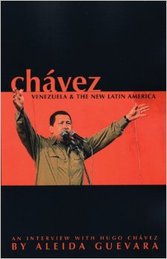
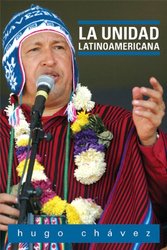

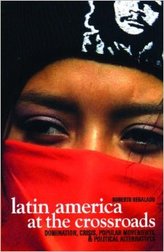

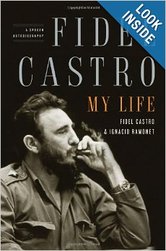
 RSS Feed
RSS Feed